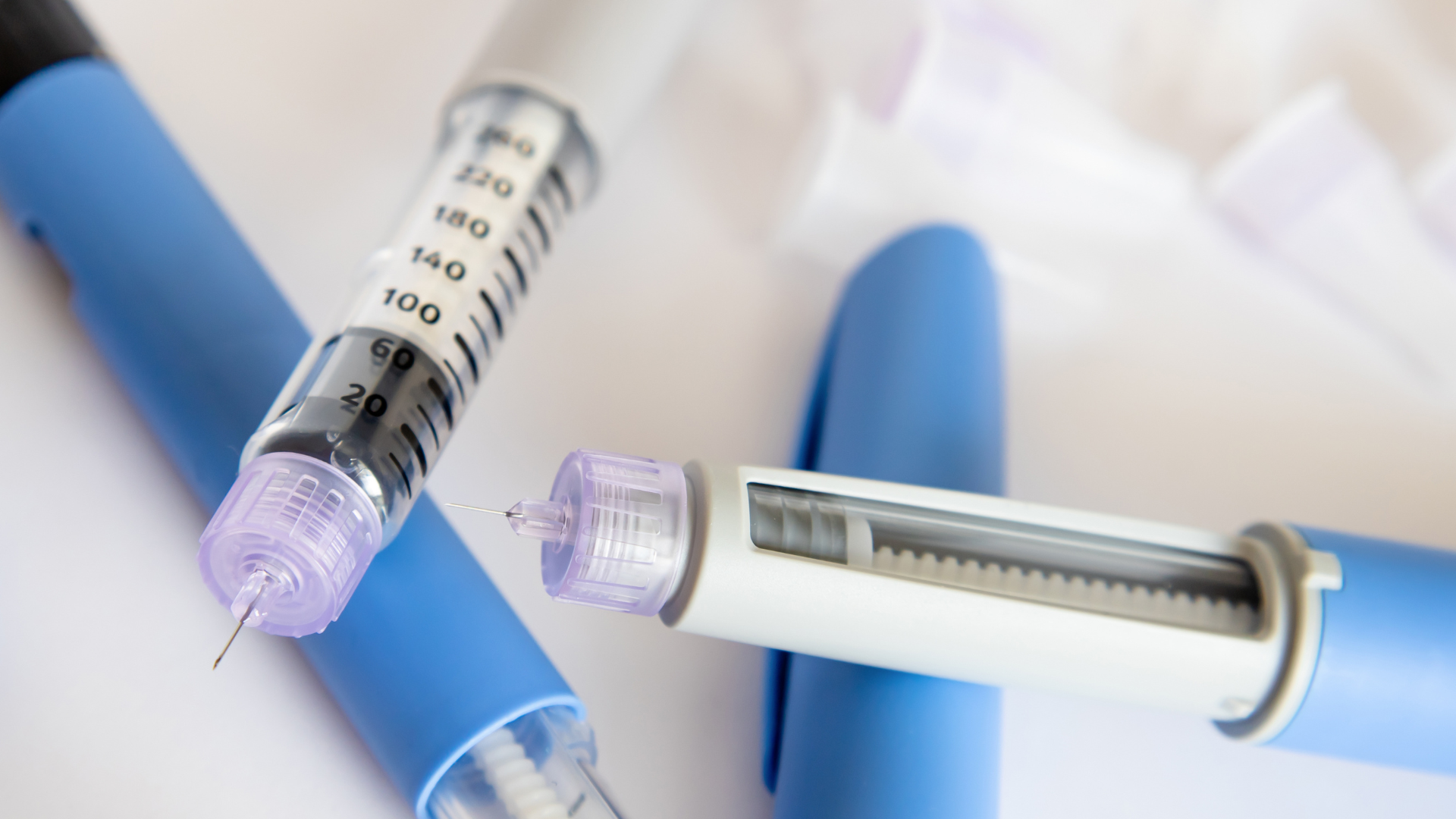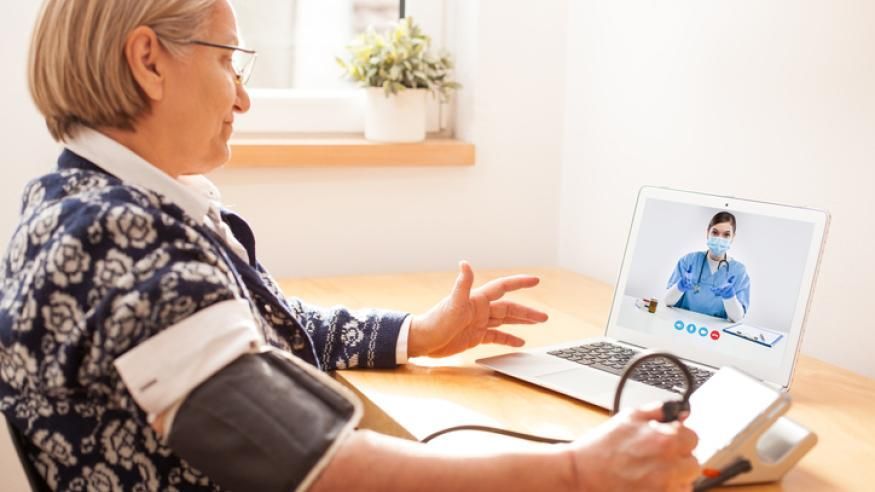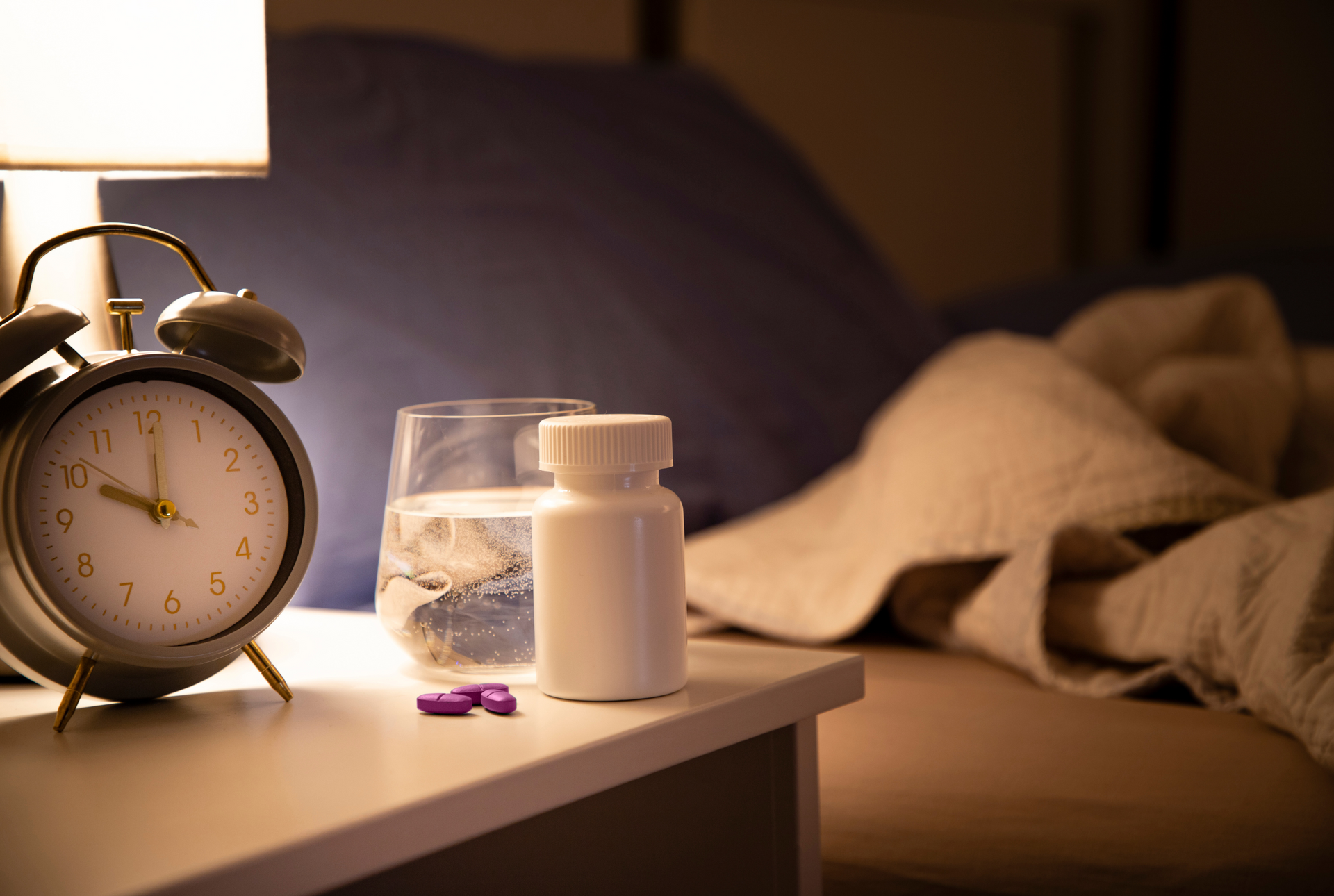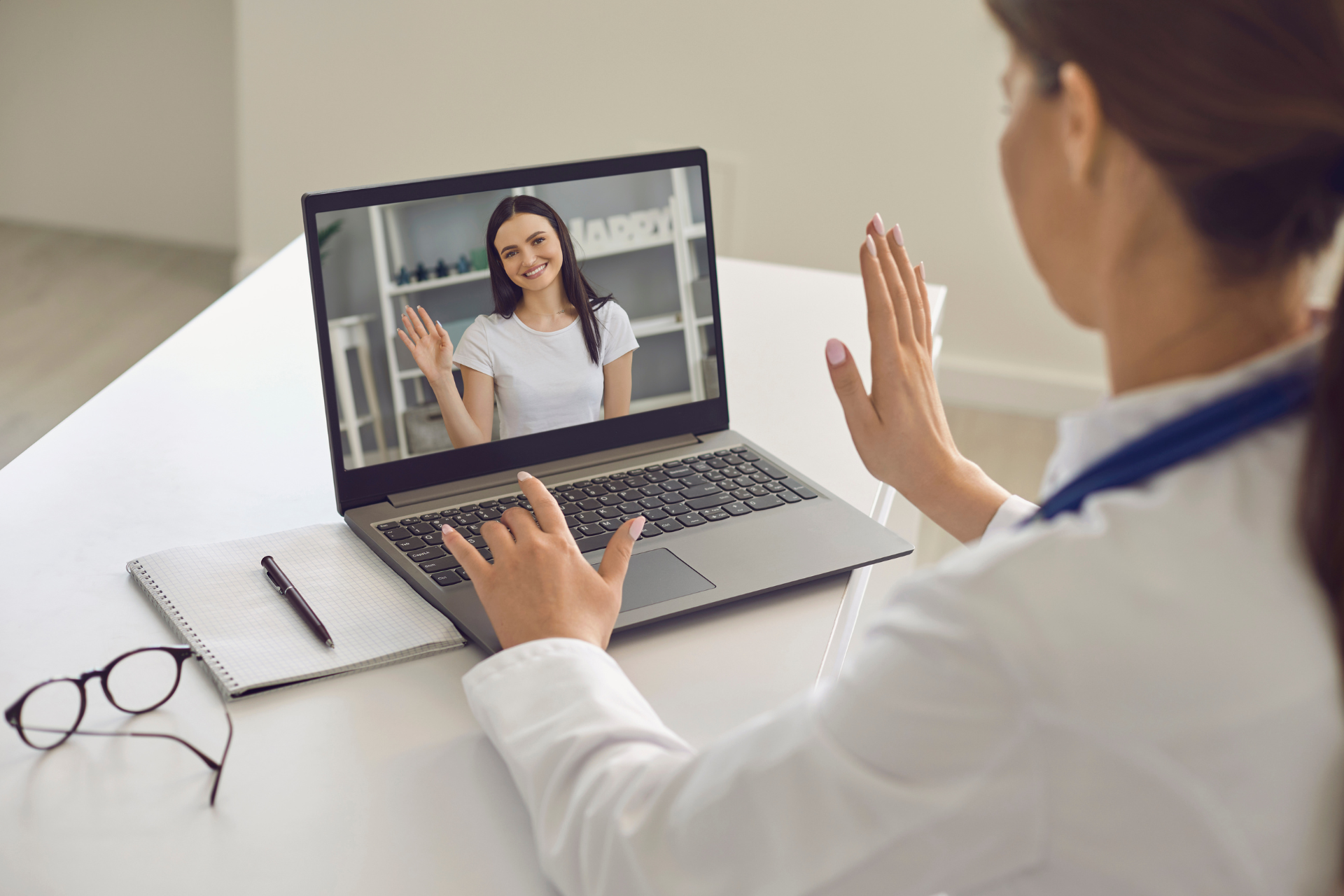10 Tips to Improve Your Time in Range
10 Tips to Improve Your Time in Range
By Julia Kenney
Time in Range (TIR) is an effective tool to use in your daily diabetes management, but how can you actually spend more of your day in range? Read below for some helpful tips on how to improve your TIR.
Time in Range (TIR) has been proven to help people with diabetes manage their glucose levels day-to-day; improving TIR can actually reduce the risk for diabetes-related health complications, such as heart, kidney, and eye disease, as well as nerve damage. However, staying in range is easier said than done. Many factors, such as diet, exercise, stress, sleep, and medications can cause lows or highs that are difficult to avoid.

What is TIR and how often should I be in range?
TIR is the percentage of time that a person spends with their glucose levels in a target range (typically 70 to 180 mg/dl). People with diabetes should aim to stay in their target range as much as possible, but experts typically recommend that they spend more than 70% of the day (around 17 hours) between 70 to 180 mg/dL and less than 4% of the day (around 1 hour) below range, which is less than 70 mg/dL. TIR goals can vary. You should talk with your healthcare provider to establish your individual goals.
TIR is most easily and accurately calculated using a continuous glucose monitor (CGM). If you don’t use CGM all the time, talk to your health care provider about a professional CGM, a CGM that you can wear for two weeks to evaluate the variability in your glucose levels and calculate your TIR.
Tips for staying in range
While life can sometimes get in the way of achieving your TIR goals, there are strategies you can use to stay in range as much as possible:
1.Go for a walk – When your glucose levels are high, light exercise such as a walk or bike ride can help bring you back in range. It can be hard to find the time for a walk during a busy day, but even just 10 to 15 minutes of light exercise can help. Be aware that exercise can sometimes cause lows; find tips for avoiding hypoglycemia during your workout in our article, “Get in the Zone: My Tips For Avoiding Hypoglycemia During Exercise.”
2. Get more sleep – Getting at least seven hours of sleep each night can improve your overall health, including your TIR. Getting too little sleep can actually increase insulin resistance, increase feelings of hunger, and negatively impact your mood. More sleep can help improve all of these factors which will ultimately improve your TIR.
3. Try intermittent fasting – Intermittent fasting (IF) is a style of eating where you alternate between eating little to no calories and consuming a normal diet. People who practice intermittent fasting often alternate their restricted diet on certain days or during certain periods of the day (such as only eating from 12-8 pm). Research on intermittent fasting has shown that it can help stabilize glucose levels. Read about how Justine Szafran uses intermittent fasting to avoid morning highs in her article, “Intermittent Fasting: Stabilizing My Morning Blood Sugars.”
4. Drink lots of water – Staying hydrated with water can help your body get rid of excess glucose through your urine. Experts recommend drinking between 1.6 to 2 liters of water per day. Other types of drinks, such as sugar-sweetened beverages (juice, soda, or alcohol) and caffeinated drinks, can negatively impact your glucose levels.
5.Try cooking with some new foods – Adopting a low-carb eating plan can help you stay in range more often and prevent your glucose levels from spiking. However, exercise caution, as extreme low-carb diets can result in a buildup of ketones in the blood. Cooking at home and avoiding frequent take-out and restaurant meals gives you more control over the ingredients in your food and can help you maintain a healthy diet. For when you do want to eat out, Adam Brown shares some helpful tips here.
6. Build strategies to reduce stress – Diabetes distress is a term used to describe the feelings of anxiety, helplessness, and frustration that can come with managing diabetes. Having strategies to address these negative feelings can help you improve your mental health and ultimately your TIR. Some of these strategies include therapy, exercise, meditation, journaling, and spending time with loved ones. Learn more here.
7. Remember to bolus before meals – taking the right amount of meal-time (bolus) insulin at the right time can help you avoid high glucose levels after meals. If you use an insulin pump, here are some tips on how to effectively adjust your settings. If you notice that you are consistently going too high after you eat, talk with your healthcare team to see if you may need to adjust the dosing or timing of your bolus insulin. Here are some other tips on how to time your pre-bolus effectively.
8. Be aware of environmental factors that can affect your glucose levels – Some external factors can have unpredictable effects on your glucose levels – from a sunburn, to high altitude, to the temperature outside. Being aware of what these factors are and what they may do to your glucose can help you prepare in advance when you find yourself encountering them.
9. Get into a routine – Sticking to a daily routine for meals, exercise, and sleep can also help you improve your TIR. And interestingly enough, your CGM data and TIR can actually illuminate what aspects of your current routine keep you in range (or cause you to go high or low). The more consistent you are with effective health strategies, the more consistent your glucose levels will be.
10. Consult your healthcare provider for strategies to improve your TIR – At your next appointment, talk with your healthcare provider about your data, and work together to identify what is going well and how you can replicate those behaviors more often. Your healthcare provider may be able to recommend strategies for improving your TIR based on your data.
Find more information about TIR on our resource page.
Healthy Bites















